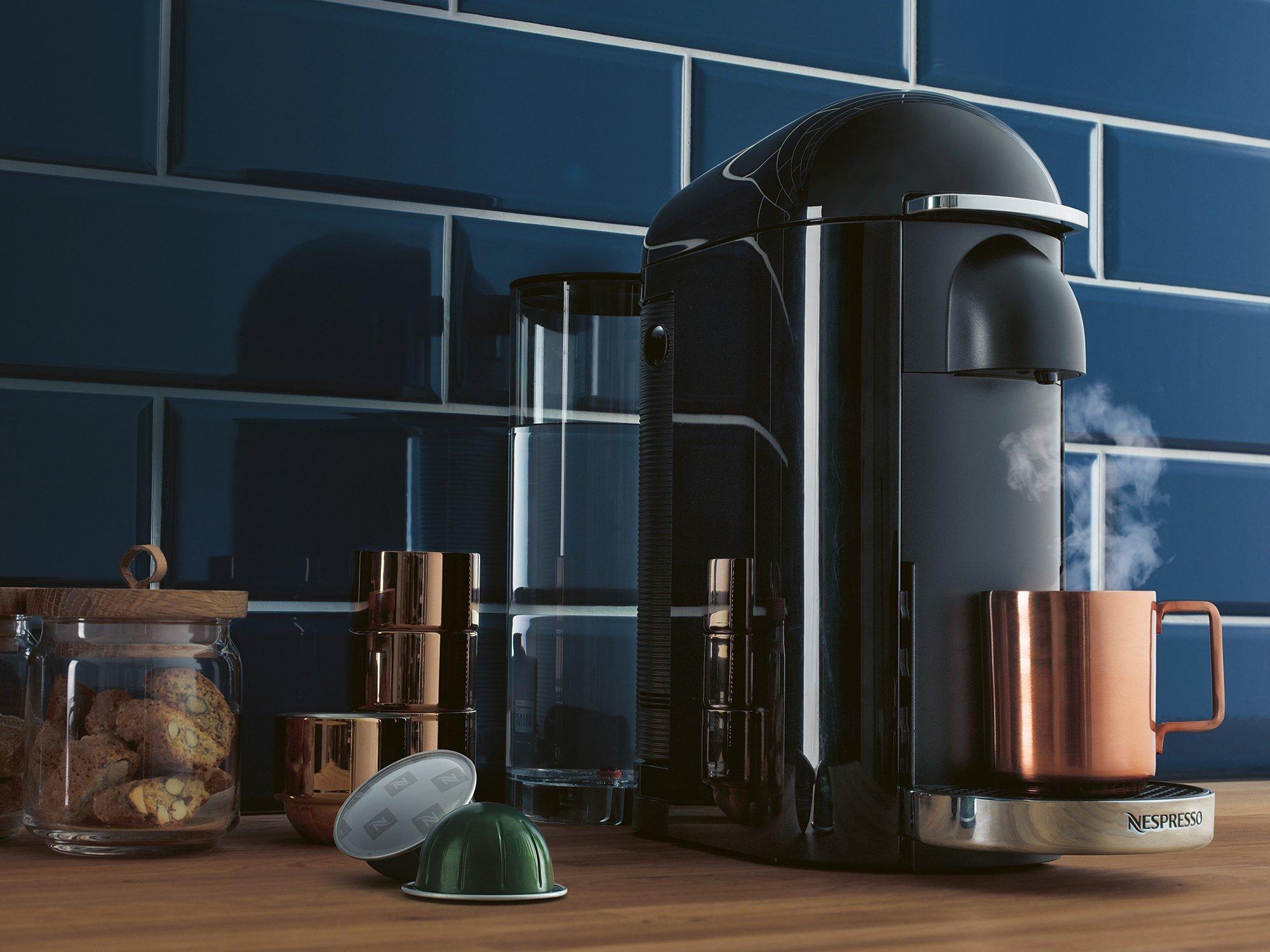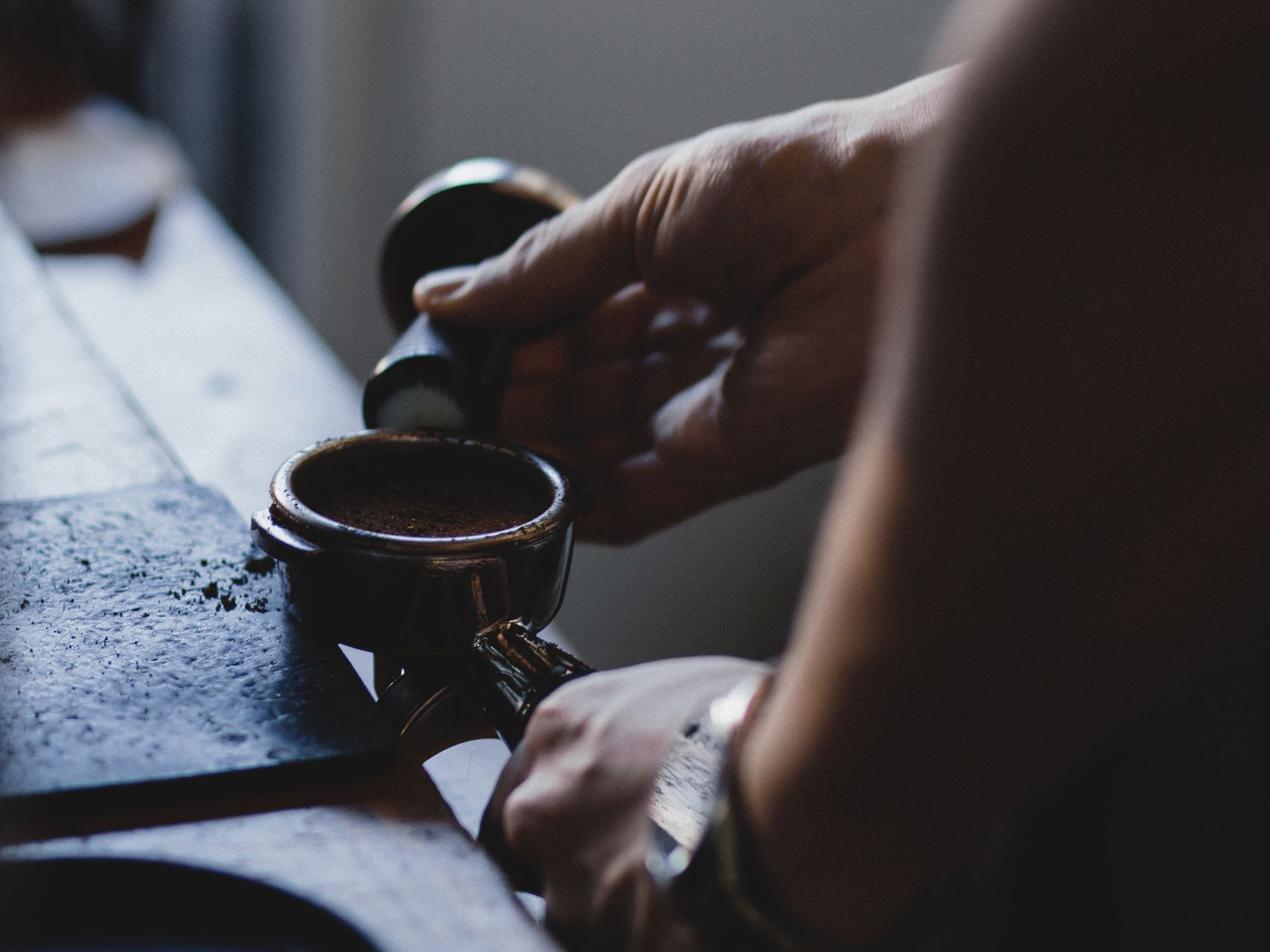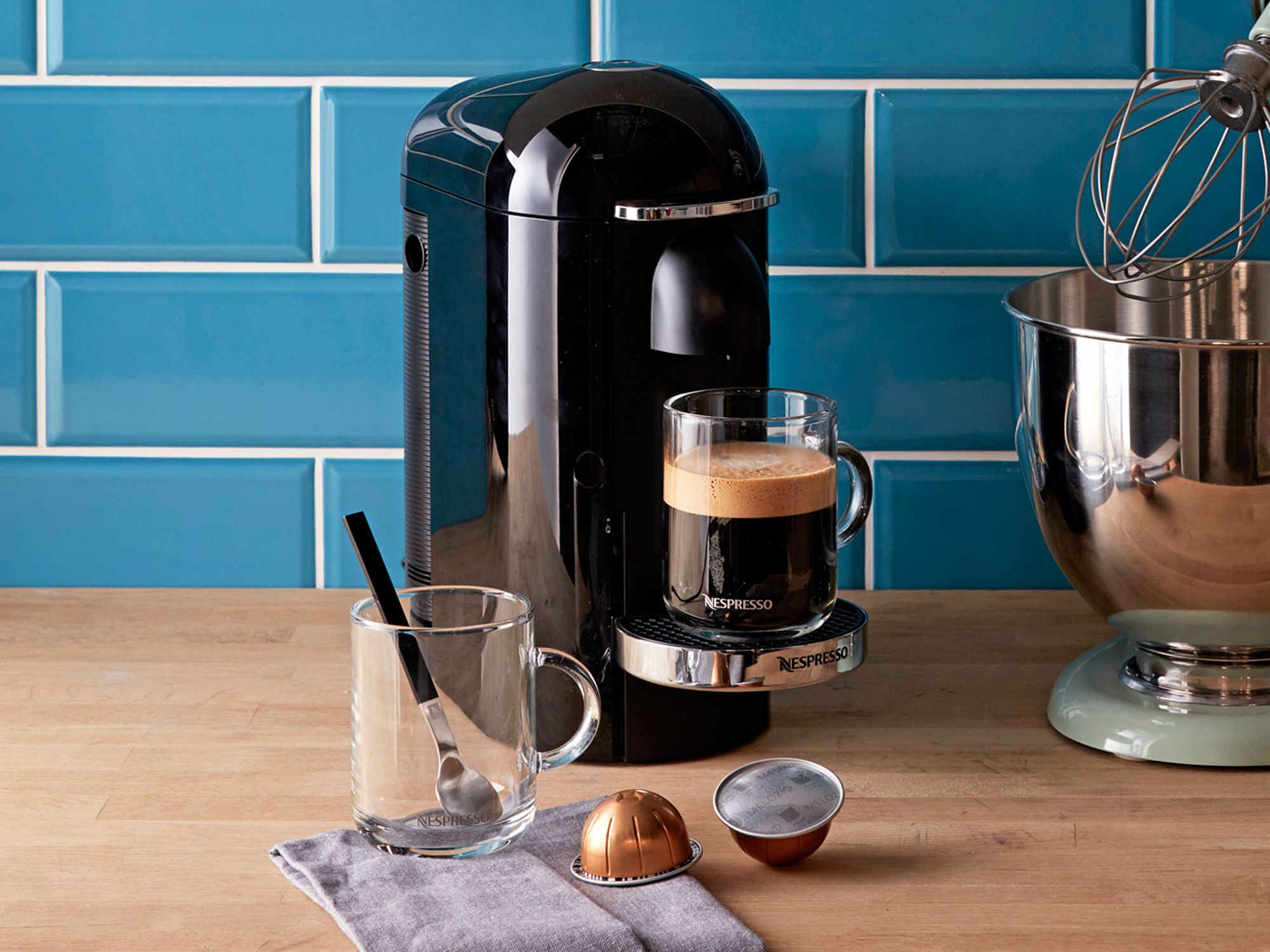How to make the perfect coffee at home – by the world’s best barista
Who better than the 2017 World Barista Champion, Dale Harris, to tell you how to make perfect coffee at home
Being able to make perfect coffee at home is the holy grail for coffee fans and for one reason or another, it’s so easy to get wrong. Am I putting in too much milk? Or maybe too much water? And why does my coffee taste bitter – or of nothing – when I’ve only just ground it? So it’s no wonder we give up trying and hit the nearest barista counter instead. But help is at hand: simply follow the advice of the world's best barista, Dale Harris and you'll be able to make world-class coffee at home.
Perfect coffee, step by step
“The perfect cup of coffee largely depends on taste, but there are general guidelines you can follow that will give you more control over your brew and allow you to choose how strong the taste is, and which flavours are emphasised.
The first step to making great coffee at home is to buy fresh coffee beans. You ideally want to purchase them within two to four weeks of being roasted, for the clearest and best flavours to be present. You can store beans in airtight containers to minimise degradation, but the best advice is to drink what you buy in a week or so – or only buy what you drink each week.
Ground coffee loses quality much faster, so if you can, buy a good burr grinder to get the best from your beans. Spending money here will always have an impact and every coffee you make will taste more interesting and complex.”
Measurement and timing: a scientific equation for the perfect cup of coffee
“The next big step is to measure out coffee and water with digital scales. Using scales provides real consistency and helps you to find your perfect recipe with exact measurements. I don’t know anyone who has chosen to stop using scales after brewing this way. The ratio of coffee to water is the biggest factor in determining the strength of coffee you prefer. The general preference is for 60g of coffee per litre. Over the last 50 years catering coffee has used less and less coffee (closer to half the generally prefered amount), which is part of why it can taste so bad.
The water you use can also have a huge impact on the flavours drawn from coffee. Soft water tends to give a very safe, but slightly dull taste; whereas hard water can add dryness but also increase sweetness, acidity and bitterness. It can be fun to try brewing with a few different spring waters to see the difference, but day to day I use a water filter to maintain a good balance. Water is normally in the 90 degrees region when brewing, so boil it before grinding and you’ll be ready to pour it over your coffee once you have everything else together.
Depending on your brewing method, grind size will impact how long your coffee needs to brew to achieve the best flavour. As a general rule, when brewing through immersion (using a cafetiere), I normally brew my coffee for a set amount of time: either three minutes and 30 seconds or four minutes and 30 seconds, and use a fairly coarse grind. If the coffee tastes thin and dry, rather than adding more coffee, grind the beans a little finer and you’ll draw better, sweeter flavours from the cup.”
Finesse your coffee machine technique
“With most filter coffee machines, how finely you grind the beans will impact both how quickly they move from the tray to the water and how long the water spends with the coffee. This will affect its ability to extract flavour and change the taste. In this case a finer grind is required but the step by step process and principles remains the same.
Making espresso coffee also works around these concepts, but much faster and with much more coffee than water. For an espresso I’ll normally be using around 18g of coffee to make a 30-40g espresso, and I make it in around 30 seconds. Flavour extraction is tied to contact time and the finer you grind the same dose of coffee, the more flavour you will draw from it – but the flavours from longer extraction times can negatively impact the taste, so be careful there.
Make sure you set-up your workstation properly at home as well, so it’s as easy as possible to pull your coffee together in the morning. I brew coffee every day so my grinder and filter brewers are right next to my kettle, along with scales and my current coffee beans of choice. Filter paper and smaller kit is hidden away.”
Adding personal flair to your brew
“You can add extra ingredients to coffee, but I would advise you to actively taste your coffee as it cools first and see how flavours change (something you rarely see with instant coffee). Most coffees will have acidity and fruit flavours that increase as it falls closer to body temperature.
Having said that, I’m not against the odd addition to nice coffee and sometimes a sweet, milkshake-like coffee drink can be just what you need. But if a drink tastes the same whichever coffee you put in it, I am less excited.
I think take risks in the beans you buy instead. Try and buy something different each time, and ideally stick to single estate coffees. These won’t have perfect balance, but they will demonstrate the huge range of flavours that coffee can deliver.”
Insider tips and tricks
“If you’re always on the lookout for new tricks or techniques, there are hundreds of forums and communities dedicated to particular brewing methods, but I try to avoid getting lost in them and stick to tweaking the basics.
If you want to taste a few coffees side by side, there’s an industry method called ‘cupping’ you can try. You grind the same amount of coffee in identical bowls or glasses (normally 12g per 200g), pour water into the coffee and steep for four minutes. Scoop off the crust of grounds that forms at the top with a spoon, wait a few more minutes and other grinds will fall to the bottom, then you can taste small mouthfuls of each coffee, one after another and get a much better idea of their distinctive qualities.
Great coffee relies on good farming and careful roasting, but simple equipment can make a good cup from most beans, although even the most expensive machines won’t fix a stale or over-roasted coffee.”






